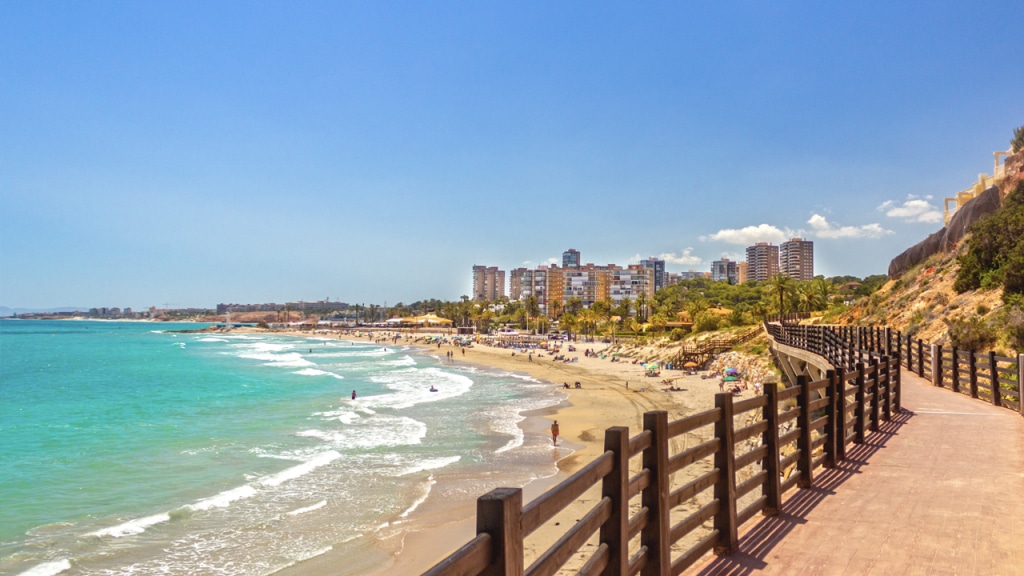According to the 2023 census, the municipality of Orihuela has 82,449 inhabitants. It is the capital of the Vega Baja del Segura and the largest municipality in the province of Alicante.
However, although its city centre has 32,902 inhabitants, and the Coast has 28,503, according to the most recent figures published in March 2024, this last figure is far from reality.
That the coast is much more populated than the municipal register suggests is something we all sensed, but following the data published by the water company Hidraqua, it is now confirmed.
There is a direct relationship between water consumption and the number of inhabitants in an area, which allows us to estimate the real population far more accurately. The closing data for 2023 showed the month of August 2023, as the most populated with 150,000 inhabitants in Orihuela Costa, while the month of December was the least populated with just 25,000 inhabitants.
It is estimated that the real average of the inhabitants of the coast should be set at around 45,000 inhabitants of an average and fixed population, so the coast quite clearly exceeds the city.
It is a shame that “transient” residents do not formally register, as this would have a significant impact on political decisions. The coast would have a much greater weight in local elections than the city of Orihuela and therefore much more influence in the appointment of the mayor, which would undoubtedly boost investments in services and infrastructure, so necessary in the area.
The growth is exponential, with both Orihuela Costa and some other postal codes in Torrevieja, leading the population growth of Spain, according to the INE. And the growth is not only based on the sale of homes, but also on the services that they demand.
The arrival of new residents drives the need for labour, which in turn contributes to the continued growth of the population. Perhaps that growth is not due so much to the arrival of new owners, but rather to the current owners residing in their homes for longer periods.
The urban model of Orihuela Costa is fundamentally based on residential tourism, since we have very little hotel tourism on the coast. This generates owner-owned tourism, which usually evolves, turning the owner-tourist into a resident.
From a tax perspective, a person who spends more than half of the year in a location is considered a resident. Following this definition, it is likely that there are many more residents than are officially registered in the municipal registry.
There are three types of people who do not appear on the registry:
Retired owners:
Many of them enjoyed their homes on holiday during their working lives, but when they eventually retire, they decide to settle here for much of the year. Despite this, they maintain strong ties to their country of origin, where they often appear as false residents since their true residence is here in Orihuela Costa. Many only return home for Christmas and for special occasions.
Unregistered Workers:
It is still a sad reality, but there are many jobs where people are employed without a contract, an underground microeconomy, which welcomes workers as temporary reinforcements, “mini jobs,” people who eventually tend to take root, people who are here and working under the radar, but who are not counted.
Teleworking:
This group grows and grows and will continue to do so. Things usually start with short periods or “long weekends” but many end up residing where they spent the summer. Although currently a minority, but they are starting to gain weight.
Both groups usually register when they need to; either to send their children to school, because they need to be registered with Social Security, or because they want to make use of the Spanish health system in a more functional way.
In summary, it seems fairly obvious that the population of the coast is showing considerable growth, as officially we top the list of the fastest growing districts in Spain, so if the trend continues as it currently is, in just a few years, officially registered residents on the coast will surpass those in the city of Orihuela and will have a much greater influence on municipal politics.
With thanks to: www.campoamor.com






